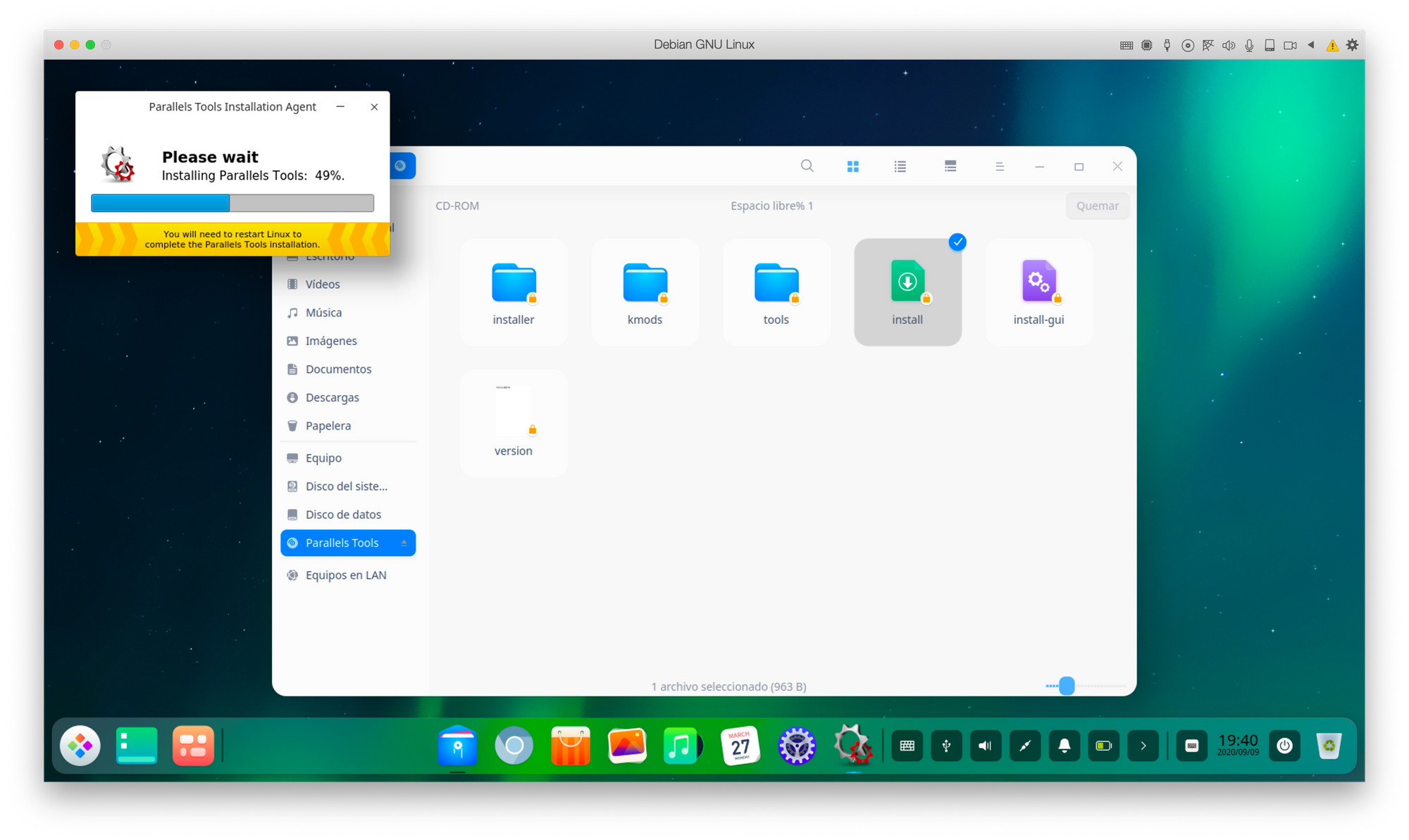

Zones are an enhanced chroot mechanism that adds additional features like ones included in ZFS that allow snapshotting and cloning. O Utilizes “Zones” as a construct for partitioning system resources. Differ from “true” linux systems of the mainline kernel

O A “non-linux” containerization mechanism. O (Comparison) Warden and Docker both orchestrate containers controlling the subsystems like linux cgroups, namespaces and security. Initially said working with LxC was “too troublesome”. O Developed by Cloud Foundry as an orchestration layer to create application containers. Rackspace Cloud Databases also utilize OpenVZ O Live Migration Abilities (check pointing) (CRIU “) O Runs on a patched Linux kernel (specific kernel) or 3.x with reduced feature set O Share many of the same developers as LXC, but was developed earlier on, LXC is a derivation of OpenVZ for the mainline kernel. (back in 1999 as SWsoft became Parallels in 2004)

#Parallels 13 linux support code#
Reduce “shipping” pains code is easily streamlined to customers, fast.Ĭontainers have been around for over 15 years, so why is there an influx of attention for containers? As compute hardware architectures become more elastic, potent, and dense, it becomes possible to run many applications at scale while lowering TCO, eliminating the redundant Kernel and Guest OS code typically used in a hypervisor-based deployment.Adoption for new technologies is accelerated, put in isolated secure containers.Higher density and utilization for resources in the datacenter.Performance benefits of running on bare-metal, no overhead of hypervisor.Ability to easily run and accommodate legacy applications.
#Parallels 13 linux support drivers#
Some of the main business drivers and strategic reasons to use containers are: The main difference is that the container model eliminates the hypervisor layer, redundant OS kernels, binaries, and libraries needed to typically run workloads in a VM. These processes could be lightweight Linux hosts based on a Linux image, multiple web severs and applications, a single subsystem like a database backend, to a single process such as ‘echo “Hello”’ with little to no overhead.Ĭommonly known as “operating system-level virtualization” or “OS Virtual Environments” containers differ from hypervisor level virtualization. A container (Linux Container) at its core is an allocation, portioning, and assignment of host (compute) resources such as CPU Shares, Network I/O, Bandwidth, Block I/O, and Memory (RAM) so that kernel level constructs may jail-off, isolate or “contain” these protected resources so that specific running services (processes) and namespaces may solely utilize them without interfering with the rest of the system.


 0 kommentar(er)
0 kommentar(er)
